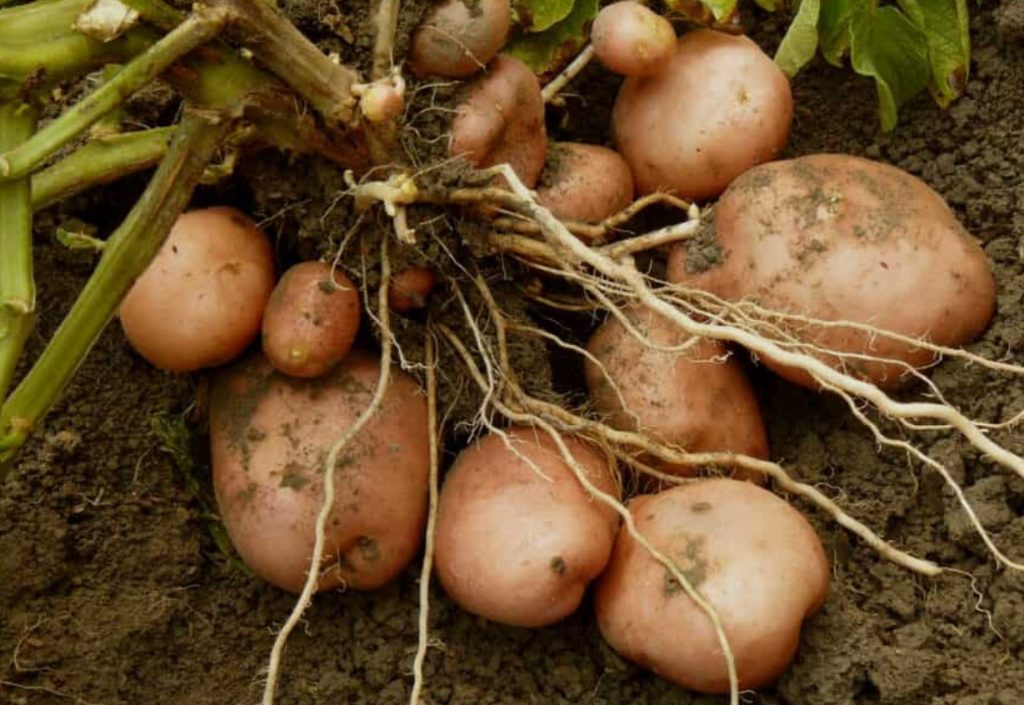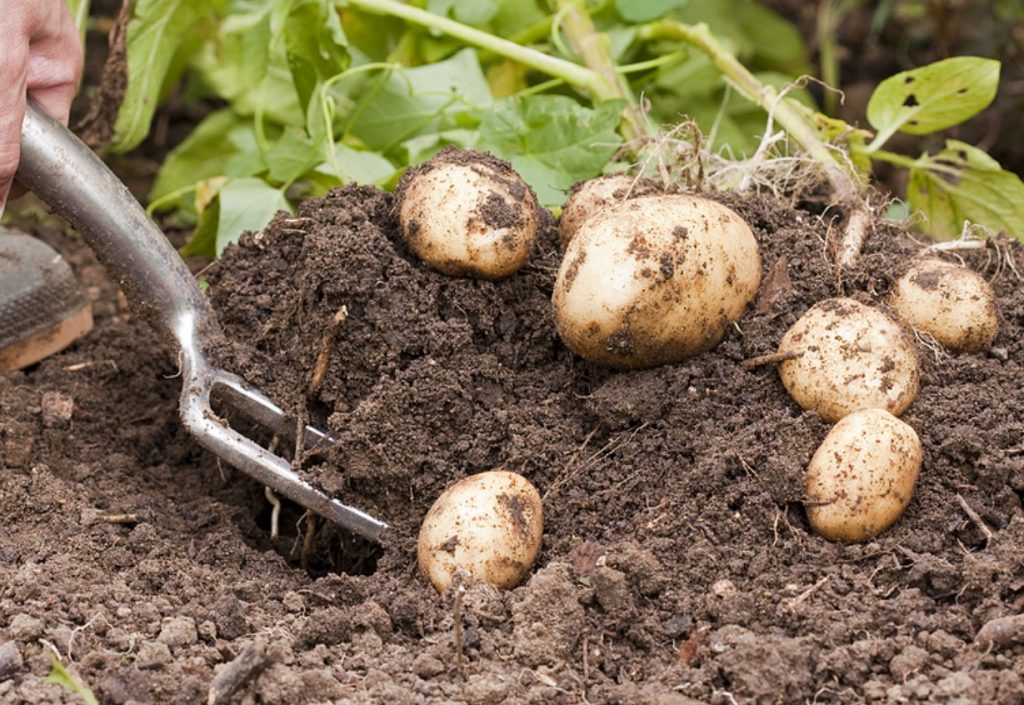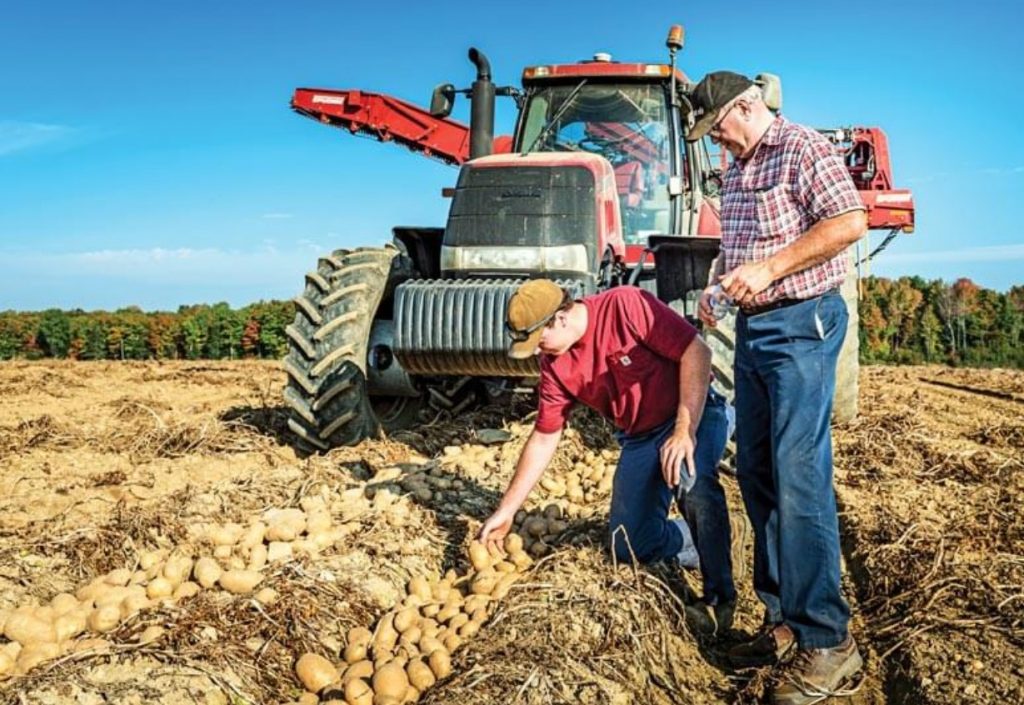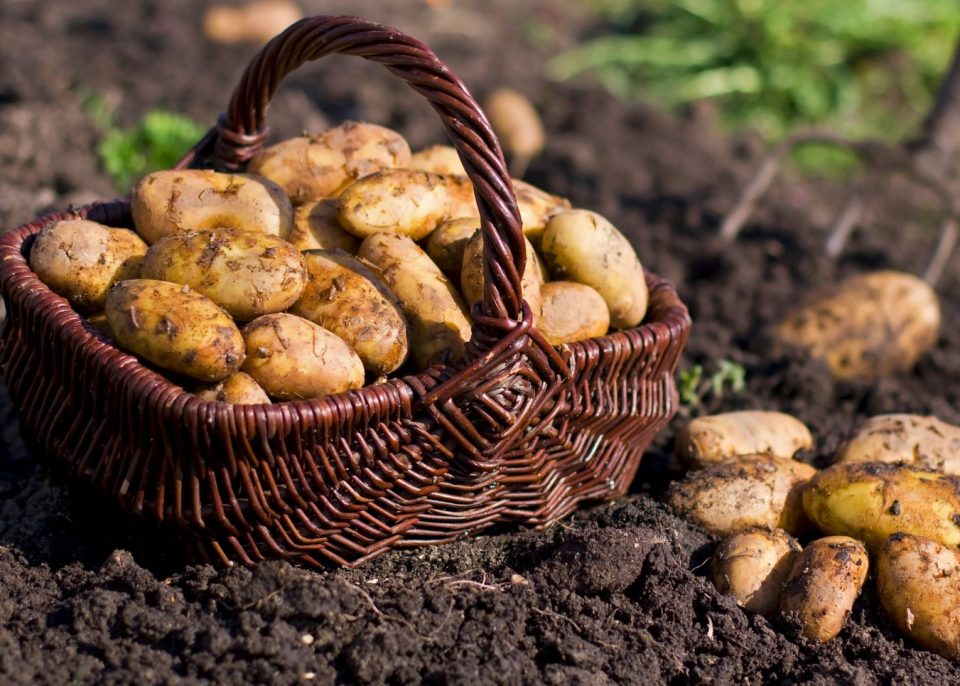Potato is one of the most widespread and utilized vegetables in the world. Thanks to the wide selection of types, shapes, and forms, it is a welcome addition to any meal no matter if it is breakfast, lunch, or dinner. Potato farmers exist in all corners of the globe and everyone likes at least half a dozen ways in which it can be prepared and served. Fries and mashed potatoes are probably two of the most favorite, but all other types of baked, cooked, and boiled options exist.
Originating in North and South Americas, it was quickly adopted by numerous European, Asian, and African countries during and after the colonization period. It is a root vegetable and a starchy tuber of the Solanum tuberosum plant. By some estimates, various species of potatoes were domesticated and regularly grown and eaten as early as 7,000 to 10,000 years ago. Thanks to their great shelf life and endurance, they can last long both when fresh and when thermally treated.
Once they came to Europe in the 16th century, they changed the way people eat. Right now, in 2024, potatoes are the fourth largest food crop in the world, right after corn, wheat, and rice. In total, more than 5,000 different types exist. Since it is so important for any modern 21st-century person, there is quite a lot to learn about it. This is especially true if you have plans to grow and harvest your own. While seeding and growing techniques are crucial, it is the harvesting that usually enjoys the most attention. With that in mind, we will now go over some improved potato harvesting techniques you should try in 2024.

Harvesting Times
Just like with any other vegetable, the time when the fully grown yield should be harvested is of the utmost importance. Two leading factors that affect when the potato needs harvesting are the climate in which it grows and the variety. Growing seasons are different so knowing when to pick it up is important. There are three types of potatoes when it comes to their harvest periods.
First early potatoes grow quite rapidly and they take little space in your land. Feel free to pick them up as soon as they are around the size of an average egg, which is in early to mid-summer. Second early potatoes are the middle season varieties that also grow quickly. They too take up little space and are generally planted after about a month following the first early potatoes harvest. Harvest them towards the end of the summer or early fall. Last but not least, we have the widest type of all called main crop potatoes. As their name suggests, these make the bulk of all potatoes crops and yields. They can survive for the longest in storage even during winter and are harvested from early to mid-fall. These species are harvested when they grow fully mature.
If you want a slightly more precise calendar based on the specific variety of your favorite plant, worry not. Here is when to harvest the leading species popular all over the world.
- Blue potatoes – fall
- Round red potatoes – late summer/early fall
- Fingerlings – spring
- German butterball – late summer
- Russian banana – late summer
- New potatoes – late winter/early spring through summer
- Long whites – spring and summer
- Yellow flesh – late summer/early fall
- Russet – all year long

Harvesting by Hand
Nowadays, most farms and plantations utilize modern machinery and technology to harvest a lot of potatoes at once. If you however wish to do it the old-fashioned way in your own little backyard where you have a handful of crops, you can. All you will need is a shovel or a spading fork. Drive them into the soil around the plant and carefully lift the whole plant. Remove the potatoes you need, however many you require for the certain meal, and set the rest back in place. Remember to keep caring and watering it. Harvesting like this is a nice family activity too, and one in which even small children can participate.
The important part when harvesting them by hand like this is not to cut, scrape, and bruise the tubers. If you do so, they will rot when stored. Following the harvesting, they have to sit for around two weeks at temperatures between 7 and 16 degrees C. During this time, the skin hardens and any minor injuries to the yield seal up. When it comes to storing, you should keep them in dark places at 4 degrees C. Never allow them to freeze while stored.

Modernized Harvesting
When it comes to large scale operations on huge farms and areas of land covered with potatoes, the aforementioned approach simply does not work. This is why you require 21st century technology and machines that can allow you to harvest incredible amounts of potatoes in mere hours. Potato harvesters and diggers have been around for decades, with the earliest models dating back centuries. If you wish to learn more about them, make sure to check out Tehnos.
All of them work on one and the same simple principle. They lift the potato from the soil using shares. The crop and excess soil are transferred and separated somewhere in the machine, using webs and tracks. Potatoes are moved in the back of the harvester where a separation unit feeds them to the picking table. Workers then separate stems, stalks, clods, and stones from the potatoes by hand, after which an elevator feeds the potatoes over the side and into a tractor trailer. That is how all modern farmers harvest this popular vegetable.
Quite a few different machines exist, but all of them are either spinners or haulm toppers. Spinners used to be drawn by horses, but nowadays they are pulled by tractors. It still requires a lot of manual labor which is why it is becoming obsolete and replaced by haulm toppers. These massive agricultural machines cut the haulms (stems) before lifting the potato up from the soil. They can be mounted on tractors, right on the front, or dragged behind, depending on the model. Both of these are extremely efficient and have changed the industry forever.

